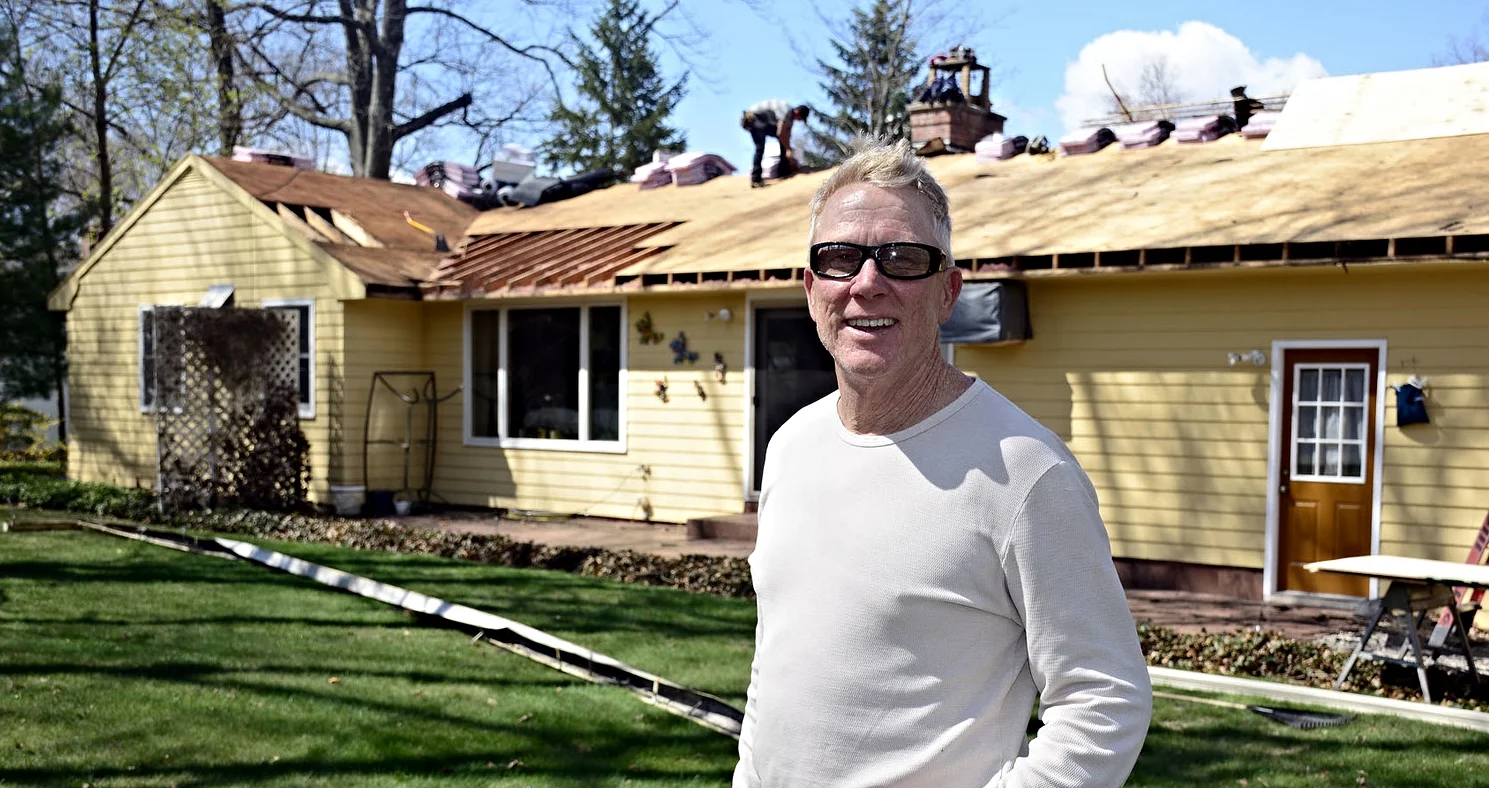Ceiling Cracks - A Simple Problem?
Chelsea O'Donnell
This question from a reader might resonate with many of you. “Dear Bob, I noticed a ceiling crack has appeared in my bathroom ceiling near my shower. What should I do?”
I am so glad the reader asked this question because it's incredibly common and can easily happen in any home. The reason ceiling cracks appear is because the bathroom usually holds the most moisture in the house. If the bathroom doesn't have proper ventilation, water and steam from the shower can get trapped in the ceiling, softening the drywall and eventually cracking the paint. An easy cosmetic fix could be to fill in the cracks and repaint the ceiling, but my advice is to first check to ensure no leaks or drainage issues are causing the problem in the first place.
I spend a lot of time in attics and I often see bathroom fans that have been disconnected or knocked off track. So while they sound like they are working, they aren't actually extracting the moisture properly. First-floor bathrooms can be even more susceptible to cracking because of the possibility of plumbing leaks inside the ceiling that originate from an upstairs bathroom.
So what can you do? If you fix the crack, you don't want it coming back again. Start by making sure you have no leaks or damage in your plumbing. If the area looks wet and doesn’t dry out after using the shower, it is likely an issue coming from inside the ceiling itself, in which case you’ll want to call a plumber. If the ceiling dries after each shower, it’s probably just an extraction problem.
Now have a look at your bathroom fan to ensure that it's working properly. If the fan is old, it's probably worth having it replaced. Older fans or ones that aren’t working well are leaving moisture in the air, which will crack your paint. A good fan should extract moisture in 15 minutes and should be directed outside, not in the attic.
Once you're ready to patch and paint, make sure the surfaces are very dry and use a water-resistant compound and paint to repair the ceiling. Ensure you give the compound plenty of time to dry before painting - I recommend one day or more. Finally, make sure you're preventing any excess moisture build-up in the future by running the fan during and for 20 minutes after each shower.
I love hearing from my readers, so please keep those questions coming!
Bob O'Donnell is the owner of O'Donnell Bros, Inc., a Bristol-based home improvement company established in 1975. Email your questions for Bob to info@odonnellbros.com with the subject line “Ask the Pro”. All questions may be considered for publication. To contact Bob for your remodeling needs, call O'Donnell Bros, Inc. at (860) 589-5155 or visit www.odonnellbros.com. Advice is for guidance only.
